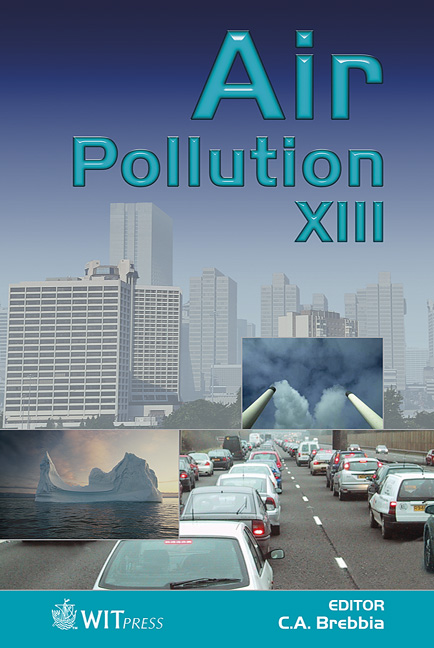Greenhouse Gas Emissions In The EU: Are We Reaching The Kyoto Objectives?
Price
Free (open access)
Transaction
Volume
82
Pages
9
Published
2005
Size
357 kb
Paper DOI
10.2495/AIR050511
Copyright
WIT Press
Author(s)
J. G. Kretzschmar
Abstract
In the Kyoto protocol the 15 EU Member States agreed to change their respective greenhouse gas emissions in such a coordinated way—called \“burden sharing”—that the sum of all those emissions would be 8% below the 1990 reference level by 2008–2012. This resulted in country specific targets varying from a net decrease with 28% (for Luxembourg) and a net increase of 27% (for Portugal). Based on the official EU inventory of the country specific emissions the European Environment Agency reports that by 2002 the total EU-15 emissions decreased by 2.9% with respect to the 1990 reference year. This is already one step forwards but obviously not sufficient taking into account that more than half of the period, during which actions can be taken, belongs already to the past. Indeed, assuming that the 8% reduction between the 1990 base year and 2008–2012 was to follow a linear path, emissions should have fallen by 4.8% by 2002. The purpose of this paper is to shed some light on: How successful are the different Member States in reaching their respective Kyoto commitments? What are the underlying causes for being on- or off-track? What supplementary actions have recently been taken to increase the emission reduction speed? And what confidence can we have in the reported inventories? The paper concludes by trying to answer the question \“Will the EU fulfill its Kyoto commitments?” Keywords: greenhouse gas emissions, Kyoto-protocol, global change, GHG. 1 Introduction The United Nations Framework Convention on Climate Change (UNFCCC, http://www.unfecc.int) sets on overall framework for intergovernmental efforts
Keywords
greenhouse gas emissions, Kyoto-protocol, global change, GHG.





